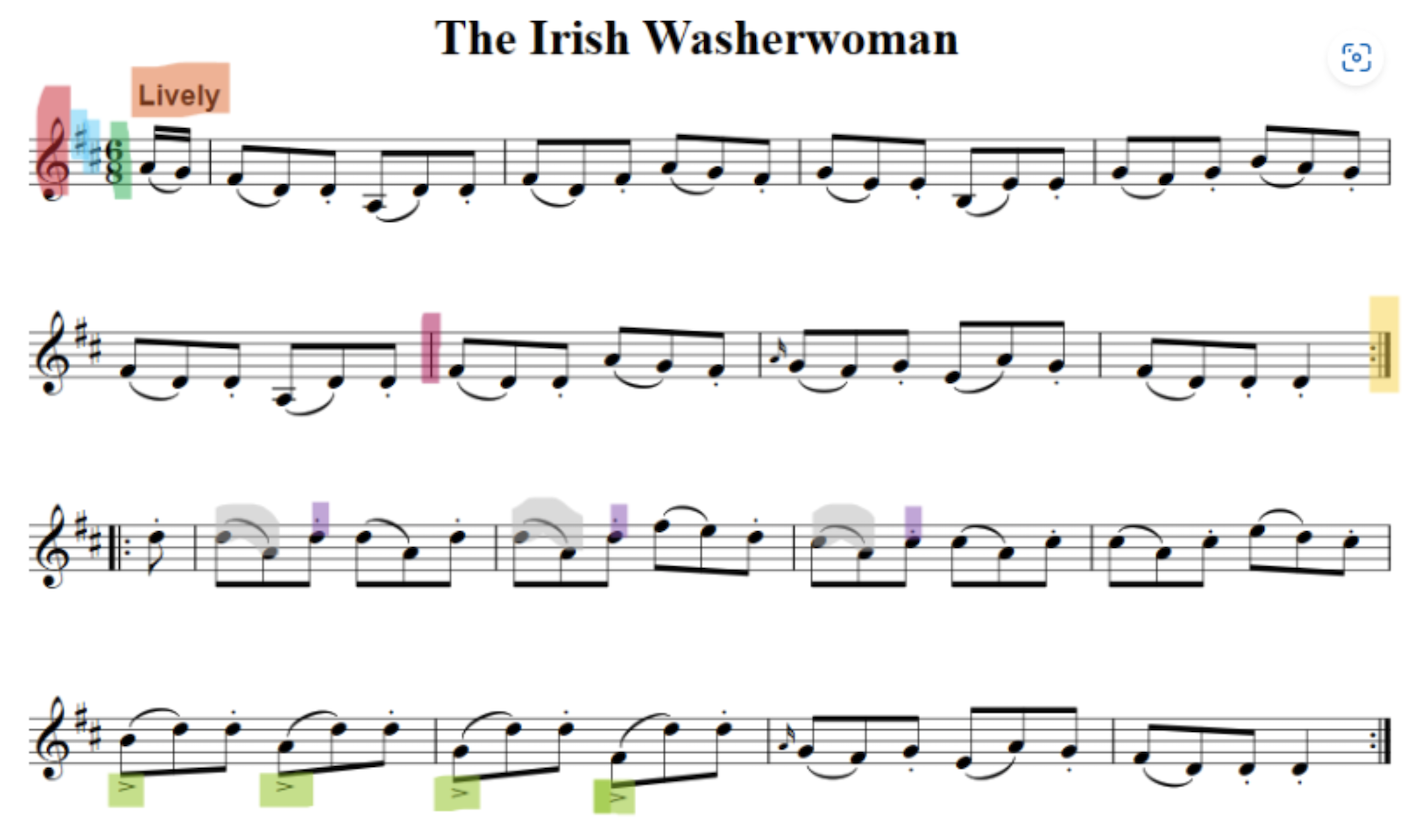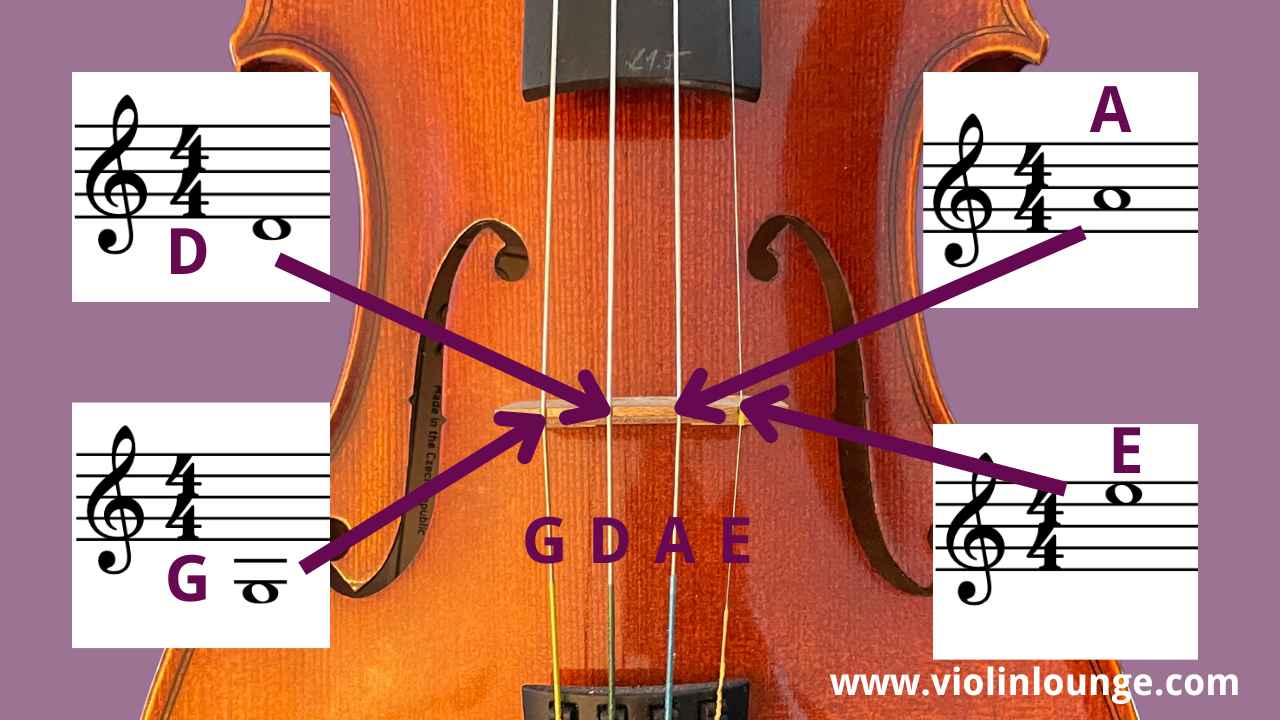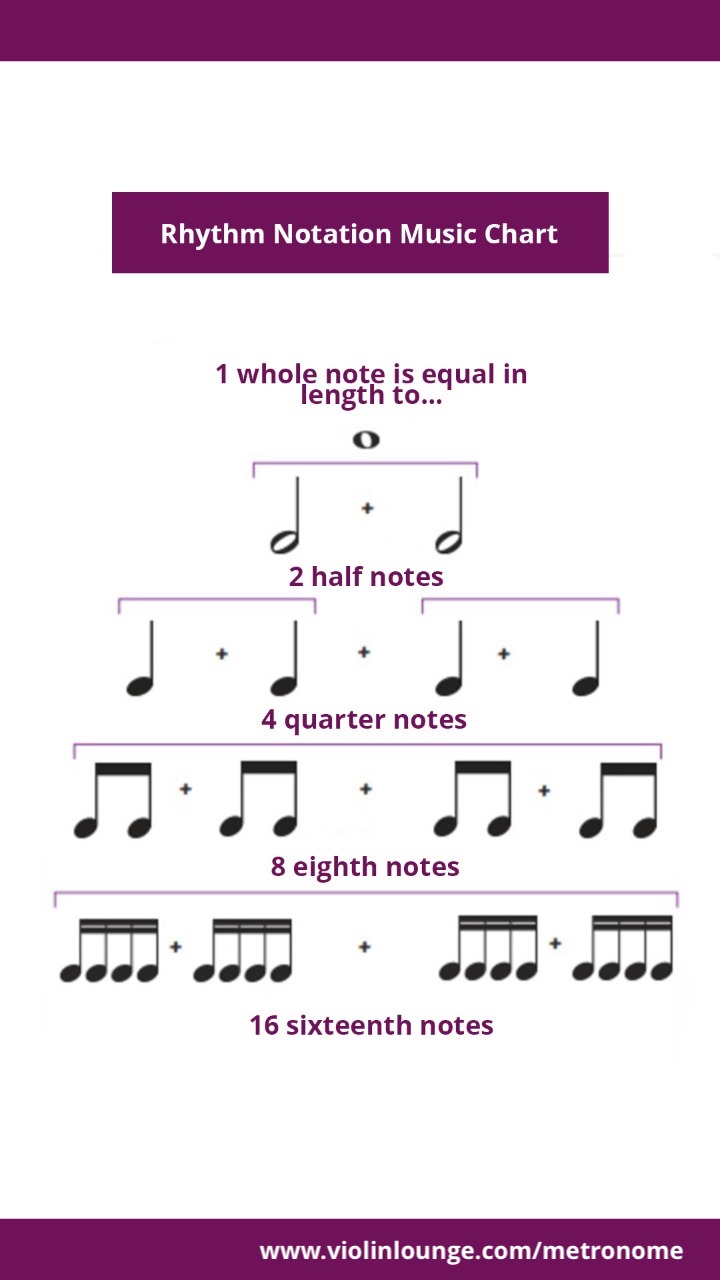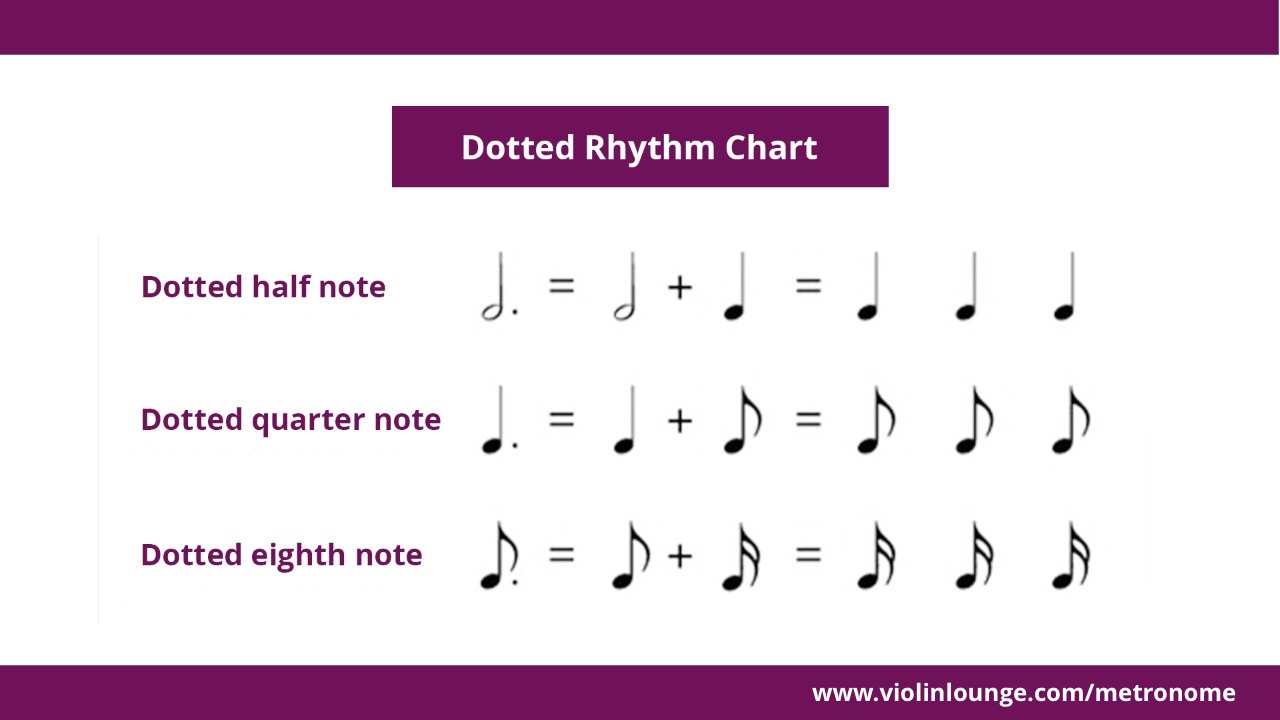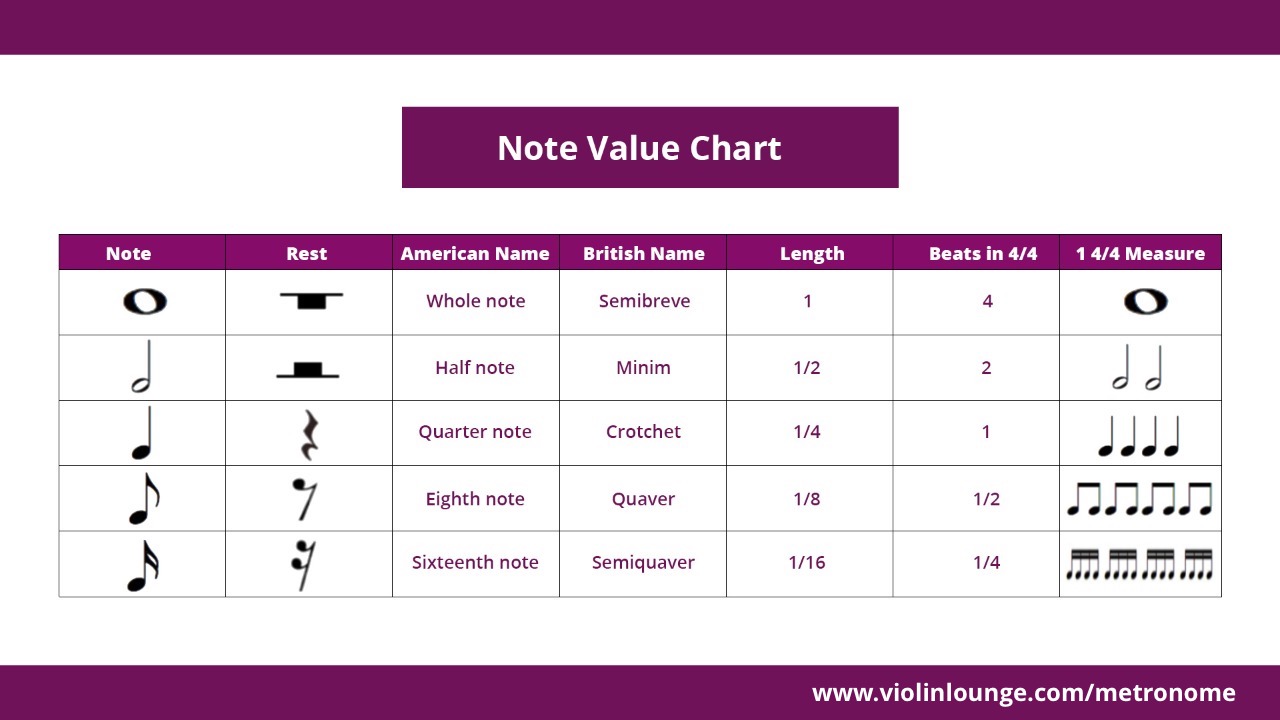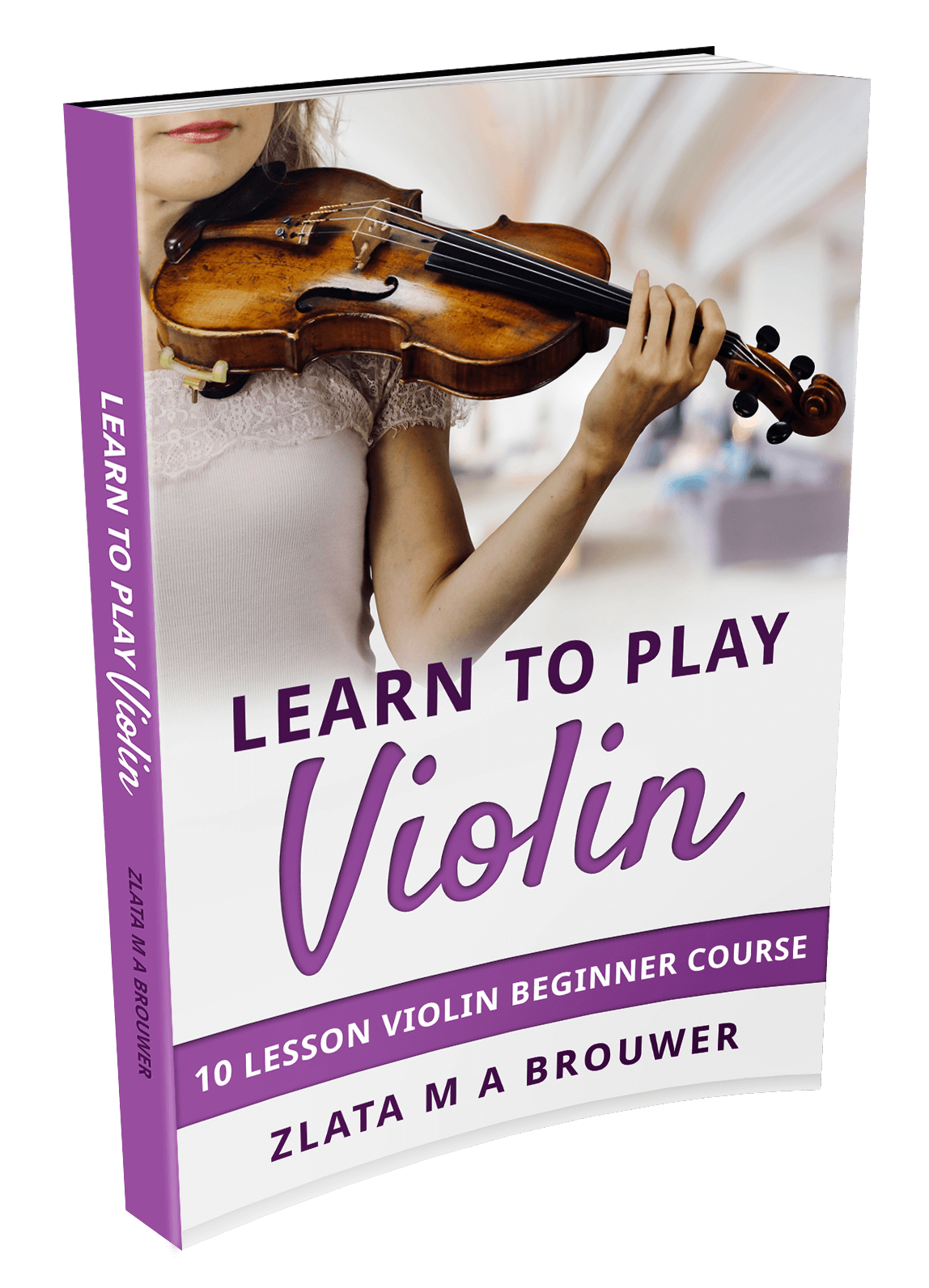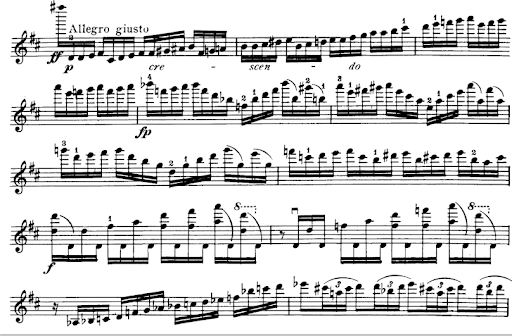Detaché Bowing: Default Violin Bow Stroke
Even if you’ve just started playing violin, you’ve probably realized that every single technique has some fancy French or Italian name! Did you know this is even true for the most basic bowing technique? Detaché (which is literally just “detached” in French) is probably the first stroke you learned on violin, along with simple staccato. It sets the stage for future advanced techniques by developing control and smooth bow changes. It may have a complicated French name, but it is not that difficult to understand.
Detaché bow stroke in sheet music
Other bowing techniques have special notation in sheet music, but detaché does not. This makes things simple: if there are no slurs, no dots, no accents or dashes—it’s detaché!
Simple detaché is when there are no special markings in the sheet music, the notes are played to their full value, you make seamless bow changes, and you play one bow stroke per note.
How to practice detaché bowing on the violin
To practice detaché, place your bow at the middle on the D string. The point of contact (where your bow touches the string) your wrist, elbow, and shoulder should form a square that rests all in the same plane. Place your bow on other strings, and adjust your arm to maintain that square shape. Keeping everything in one plane is very important for minimizing tension. Once everything is aligned, being making very small up and down strokes, only a few inches. The most important thing is to keep the bow parallel to the bridge and the tilt of the bow hair even.
Types of detaché bowing
Besides the simple detaché there are other types of detaché as well, including accented detaché with or without bite, grand detaché, and finger detaché.
Accented detaché has accent marks over the notes. The accent is created by adding a little index finger pressure and bow speed at the beginning of the note. Accented detaché with a bite is a slightly stronger version of this and is very similar to martelé.
Grand detaché is also very similar. The bow strokes are very long (almost the entire bow) with a full-bodied solistic sound.
Finger detaché is ideal for very fast passages, and utilizes the fingers and wrist. These should be very flexible. A good way to practice finger detaché is to put your right elbow against a wall so that your arm cannot move. In this way you can only move the bow with your wrist and fingers. At first this will be easiest in the middle, but eventually you can do the same thing at the frog and at the tip.
There are even more types of detaché than these, but these are the most important ones to know in the beginning. If these five definitions are too overwhelming, then just focusing on the first one will get you very far. To help clarify how these are all different, below are examples of every detaché variation we just discussed.
#1 Simple Detaché: Paganini’s Caprice No. 16
#2 Accented Detaché: Saint-Saëns’ Violin Concerto No. 3 in B Minor
#3 Grand Detaché: Kreisler’s Praeludium and Allegro
#4 Finger Detaché: Saint-Saëns’ Introduction and Rondo Capriccioso
After watching these examples you probably notice that some techniques overlap. For example, fast simple detaché will require a lot of finger/wrist motion. Many detaché passages in violin music are much simpler than any of the above examples. It is the first bowing technique you will learn and the basis for all the others, so take your time and practice with confidence!

Hi! I'm Zlata
Classical violinist helping you overcome technical struggles and play with feeling by improving your bow technique.
Improve your violin bowing technique with these lessons and articles:
Do you want to know every possible bowing technique on the violin? Watch this video with 102 violin bowing techniques.
The basis for all bowing techniques is to bow smoothly. This video lesson will help you with that.
A proper and relaxed violin bow hold will help a lot improving your bowing technique and sound. Read this article.
Take bowing technique lessons with Zlata
Join my Violin Bowing Bootcamp to build a great basic technique, make a beautiful sound and learn the most common bow strokes.
Join Bow like a Pro for personal guidance by Zlata and her teacher team combined with an extensive curriculum all things bowing.

